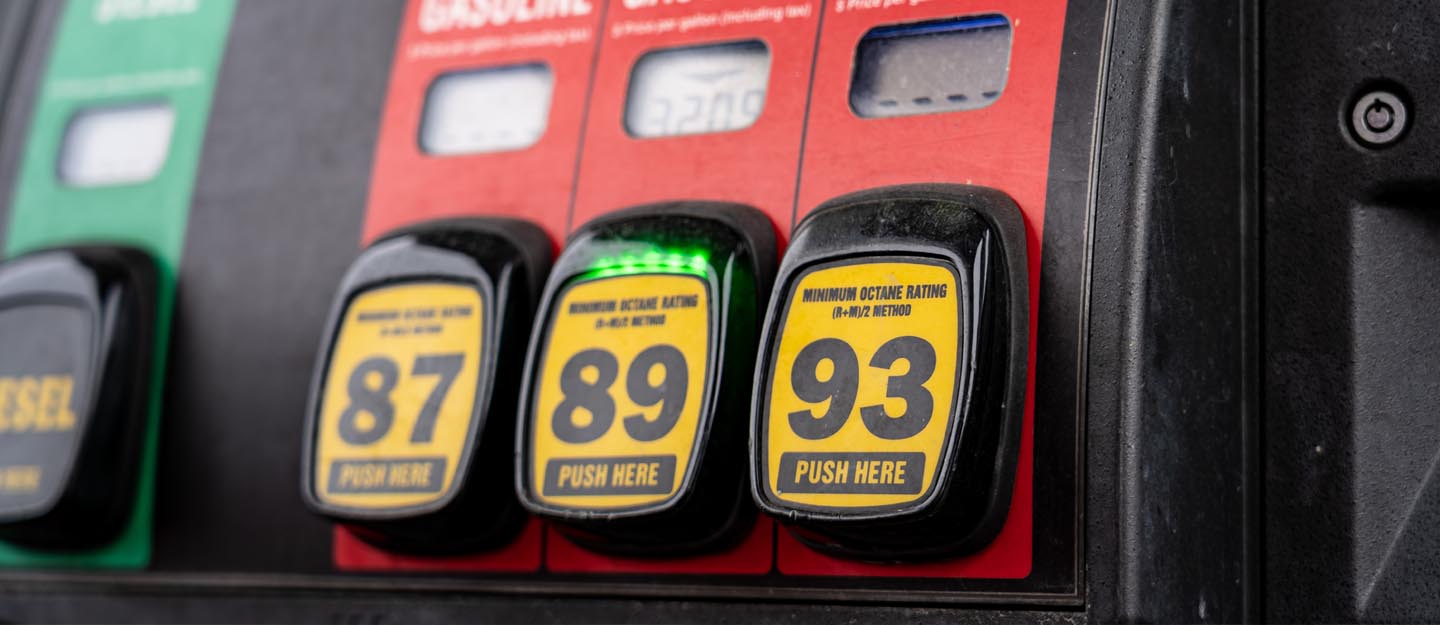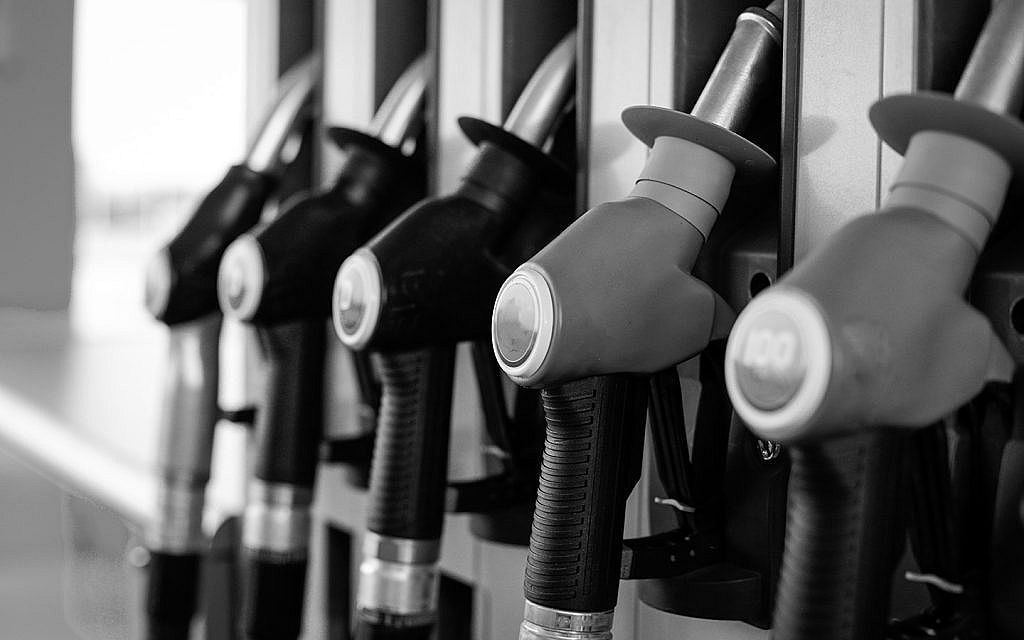
Octane rating, also called the octane number, is a measurement of fuel quality and its capacity to resist knocking or pre-ignition in internal combustion engines. A higher octane number indicates a greater ability of the fuel to burn effectively within the engine of the vehicle.
Simply put, knocking, also known as engine knocking or detonation, is an undesirable occurrence where the fuel-air mixture in the engine’s cylinder detonates prematurely. This results in a distinct knocking sound and may potentially cause damage to the engine. This is where octane ratings play a crucial role.
When you look at petrol labels, you’ll typically find an octane number represented as a numerical value. The octane number indicates the fuel’s capability to withstand compression before igniting spontaneously. The higher the octane number, the more resistant the fuel is to knocking. This makes it suitable for engines with high-performance or high-compression requirements.
Common Octane Ratings at Fuel Stations

Common octane ratings found at petrol stations include:
Regular Unleaded Fuel: Typically 87 octane or similar. This kind of fuel is suitable for most everyday vehicles with standard engines.
Mid-Grade Fuel: Often around 89 octane. The mid-grade is an intermediate option for vehicles that may require a bit more resistance to knocking.
Premium Unleaded Fuel: Usually 91 or 93 octane. It is recommended for high-performance or turbocharged engines that prone to knocking at higher compression ratios.
In the UAE, super 95 and super 98 have high octane. Here is a list of different types of fuel and popular fuel stations in Dubai.
Difference Between Pre-Ignition and Knocking
The choice of octane (high or low) for fuel usage depends on the occurrence of “knocking” in the car’s engine. Within the engine, a mixture of air and fuel ignites through the spark plug. Concurrently, the piston moves upwards, compressing the air-fuel mixture and elevating its temperature (since pressure leads to a temperature increase).
When using lower octane fuels, the compressed air-fuel mixture can ignite prematurely due to this compression. When the resulting flame front collides with the flame front which is ignited by the spark plug, it creates an audible “knock.”
This situation, where the air-fuel mixture ignites prematurely due to compression rather than the spark plug, is known as “pre-ignition.”
If fuel combusts before ignition, it burns incompletely, leaving residues inside the fuel chamber. This is one of the common car engine issues that eventually leads to the engine knock sounds.
To prevent pre-ignition and knocking from deposits, new vehicle manuals suggest the suitable octane rating for the fuel systems.
Why is Octane Rating Important

Octane number is important due to several reasons. Popular ones include:
Engine Performance
The octane rating has a direct impact on the engine’s performance and efficiency. High-performance and high-compression engines require fuels with higher octane ratings to avoid knocking and achieve optimal power output.
Knock Prevention
Engine knocking, or detonation, is a damaging phenomenon where the air-fuel mixture ignites prematurely owing to compression before the spark plug fires. This also makes the vehicle less fuel efficient. Higher octane fuels are more resistant to knocking. This ensures smooth and controlled combustion.
Engine Longevity
Knocking can lead to engine damage over time. By using the appropriate octane rating, the risk of knocking and subsequent engine wear is reduced, leading to better engine longevity and reliability.
Fuel Efficiency
Cars that are not fuel efficient lead to bad fuel consumption. However, fuels with the right octane rating allow the engine to burn fuel efficiently, leading to improved fuel economy and fewer emissions
Emission Control
Proper octane ratings contribute to better emission control in vehicles, as efficient combustion reduces the release of harmful pollutants into the atmosphere.
Flexibility
Using a fuel with an octane rating suitable for a wide range of engines ensures that the same fuel can be used across various vehicle types, simplifying fuel distribution and usage.
Engine Design
Higher octane fuels enable the design and use of more advanced engine technologies, such as turbocharging and higher compression ratios, which can improve overall vehicle performance.
Performance Vehicles
Performance-oriented vehicles, sports cars, and supercars often require high-octane fuels to achieve their full power potential and prevent damage to high-performance engines.
That is all about octane rating, its purpose and its function. Please note that using a higher octane fuel than what your engine requires does not generally improve performance or efficiency. Modern engines are designed to run optimally on a specific octane rating, and using higher octane fuel in an engine that doesn’t require it won’t provide any significant benefits.
On the other hand, using a lower octane fuel than recommended can lead to engine knocking and potentially damage the engine over time. Therefore, it is essential to follow the manufacturer’s recommended octane rating for your vehicle.
For more on fuel systems and their ratings, stay tuned to dubizzle’s top auto blog.